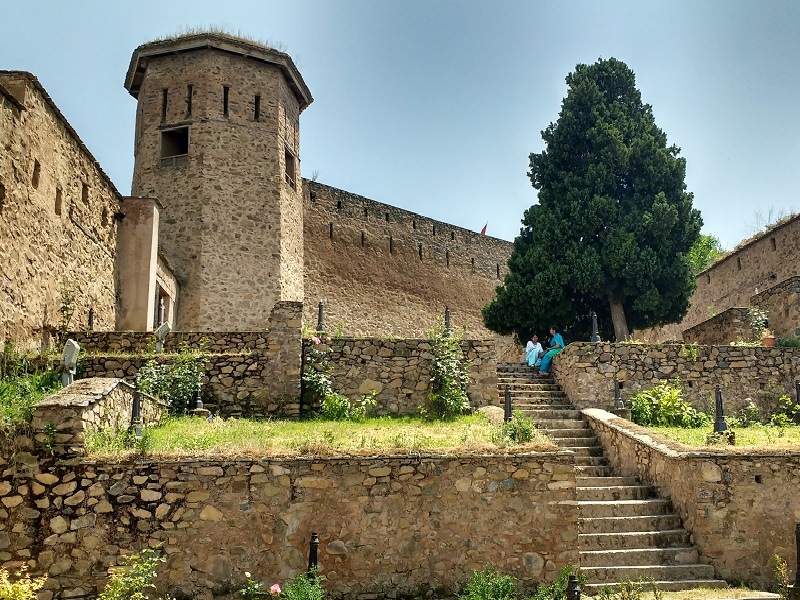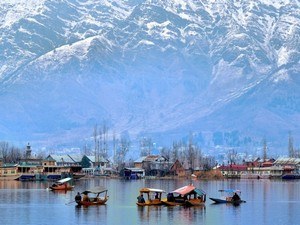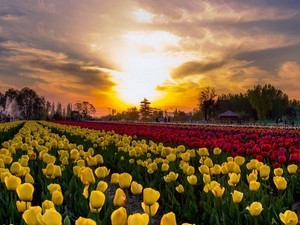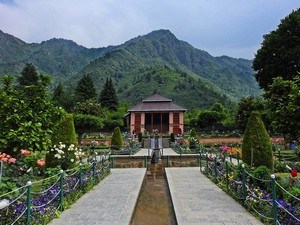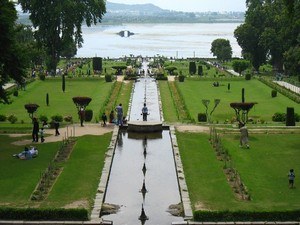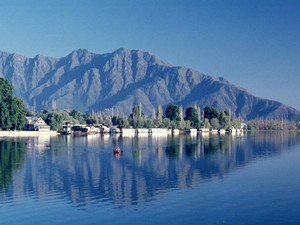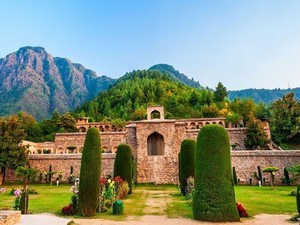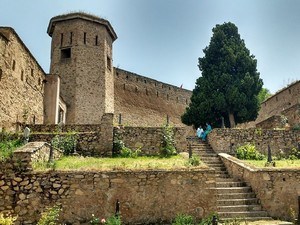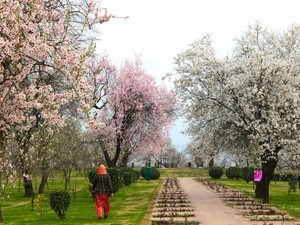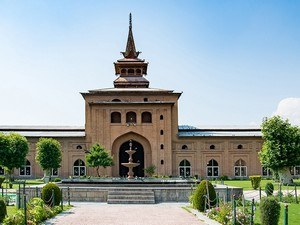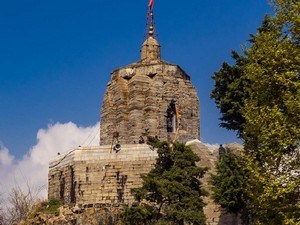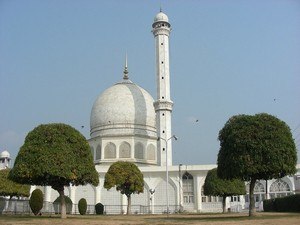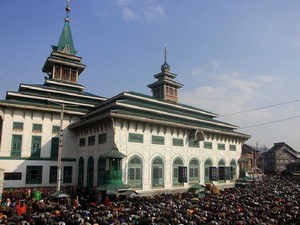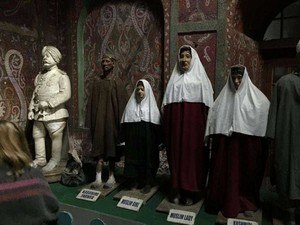Hari Parbat, Srinagar - Timings, History, Architecture, Best Time to Visit
 #14 of 31 Places to Visit in Srinagar
#14 of 31 Places to Visit in Srinagar
 Distance (From Srinagar Bus Station): 5 Kms
Distance (From Srinagar Bus Station): 5 Kms
 Trip Duration (Including Travel): 2-3 Hours
Trip Duration (Including Travel): 2-3 Hours
 Transportation Options: Cab / Auto
Transportation Options: Cab / Auto
 Travel Tips: None
Travel Tips: None
At a distance of 5 km from Srinagar Bus Station, Hari Parbat is a magnificent mountain overlooking Srinagar city in the Union Territory of Jammu & Kashmir. Also called Koh-i-Maran, it is one of the popular places of pilgrimage in Jammu & Kashmir, and among the must-visit places in Srinagar sightseeing packages.
Hari Parbat lures a huge number of visitors owing to its historical and religious significance. It is the site of several important edifices, which include the Durrani Fort, Parvati Temple, a Gurudwara, and shrines of Akhund Mullah Shah and Khwaja Makhdoom Sahib. The first fortifications on the site were constructed by the Mughal emperor Akbar in 1590 who built an outer wall for the fort as part of his plans for a new capital at the site of modern-day Srinagar in Kashmir. However, the fort was never completed. The present fort was built in 1808 under the supervision of Atta Mohammed Khan, the Governor of Kashmir Province of the Durrani Empire.
Surrounded by commendable structures from all religions, this fort sits at the top giving a spectacular view of Dal Lake. The fort was closed for visitors for 26 years and was thrown open to the public in 2014. The Indian government on the 15th of August 2021 hoisted a 100 feet tall Indian flag on the top of the fort. Today, the fort is well secured with the presence of Indian troops of the Indian Army and the paramilitary force CRPF, Rashtriya Rifles. The fort can be reached via two sides of the city- one is via Rainawari through Kathi Darwaza Gate and the second one is via Hawal through the Sangin Darwaza Gate.
Besides the fort, Hari Parbat is home to a plethora of beautiful shrines that are dedicated to several deities. The temple of Sharika Bhagwati or Predemna Peet is situated on the western slope of this hill. Goddess Parvati is worshipped here as 18-armed Sharika who is regarded as the presiding deity of Srinagar. Legend has it that Hari Parbat was originally a huge lake, where a demon named Jalobhava resided. To get rid of his atrocities, the locals prayed to Hindu Goddess Parvati for help. She took the form of a bird and dropped a pebble on the Asura's head, which grew larger and larger until it crushed the demon. It is said that Hari Parbat is the same enlarged pebble, which became the abode of all the gods of the Hindu pantheon. Har Novum, the birth anniversary of the Goddess, is celebrated with great pomp at the temple by offering taher-charvan (rice and goat liver meat).
The southern side of Hari Parbat hillock features Makhdoom Sahib, the shrine dedicated to Hamza Makhdoom, a 16th-century Kashmiri Sufi saint locally known as Hazrat Sultan and Sultan-ul-Arifeen. There is also a mosque dedicated to Shah Badakhshi, a 17th-century Qadiri Sufi saint, just below the Hari Parbat Fort. The mosque was built by Mughal princess Jahanara Begum. In addition to these Muslim shrines, the mountain also houses a Gurudwara Guru Nanak Dev. It is believed to be the place where Guru Nanak sat and had discourse with people in the early 16th century. It was earmarked with a pedestal by Mohammad Atta Khan, and later a small Gurudwara was built at the place by Guru Har Gobind.
Tourists have to take special permission from the Director of Tourism, Jammu and Kashmir, Srinagar (at the Nigeen club or Police Station) to visit the fort. But, one can visit the temple without any pass. To reach the top of the Hari Parbat, one had to climb as many as 150 stairs.
Temple: 6 AM - 10 PM
Entry: Rs. 30 for Person



